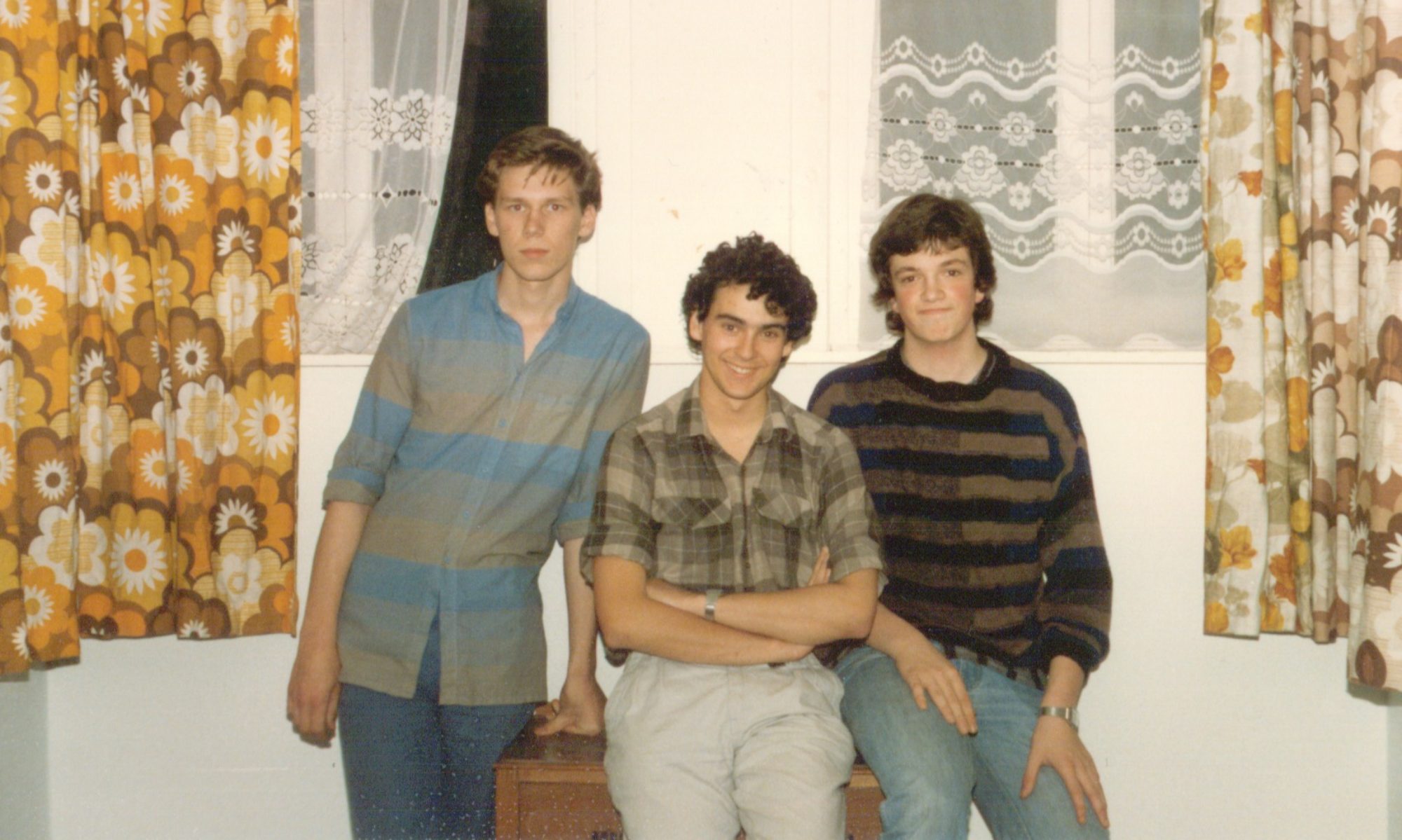This was no ordinary National Trust property. There was no stately home with a walled garden and acres of parkland surrounding it. Instead, there were 11 cramped houses home to 60 people in the centre of Birmingham.
These houses are now owned by the National Trust which had saved them in the early 2000’s. Given their size (tiny) they are not open to the general public without booking and you are then taken on a 90 minute guided tour.
These are the last remaining “court” back-to-backs in the country. Other areas had back-to-back housing but none that were based around a courtyard, as the ones in Birmingham were, still remain. At one point 40% of Birmingham’s population lived in them. 54,000 houses based around 20,000 courts.
What remains here are the 11 houses around the court with its washroom and three outside toilets. The tour takes you through four of these houses with the guide telling the story of the occupants of each of them starting in 1830 and finishing in the 1970s.
The first house was built in 1802 with the rest completed by 1830. Each consisted of a cellar, one room downstairs with a fire or range depending on the period, and two small bedrooms on the two floors above.
Each house was shown as it might have been in the period. The first had only candlelight and water had to be collected from the local well on nearby Ladywell walk. The next had oil lamps, then town gas and finally electricity and a cold water tap in the kitchen – no bigger than a cupboard. It was all pretty grim by modern standards but they knew no different of course.
Despite there only being two bedrooms they still managed to fit two adults, 11 children AND two lodgers in there. How the adults found any privacy to make that many children wasn’t divulged!
The council placed a conservation order on the houses in 1988 and they continued to be occupied, mainly as shop premises, until 2001. The last house you are taking to was occupied from 1974 until 2001 by George Saunders who used the premises for his tailoring business.
Quite why these 11 houses out of the 54,000 survived is open to conjecture but the Trust believes that because they continued to operate as businesses this saved them from the demolition that was the fate of the rest.
In the pictures below you can see the poor state of repair the houses were in when the National Trust took them on and the fronts were covered in render. This has all been stripped away and the properties renovated to a condition that they probably never were even just after being built. They opened to the public in 2004.
One slightly amusing fact was that looking at historic pictures of the properties you can see the tramlines outside. These, of course, were pulled up and then put back down again when Birmingham reintroduced the trams in the 1990s!
It was a fascinating trip and a glimpse into how many people lived and worked then. Interestingly, many of these people worked from home with one person in the first house as a clock hand maker and another in the second house making glass eyes! How very forward thinking that was then.
If you are in Birmingham skip Grand Central and head to the Back to Backs instead.
















